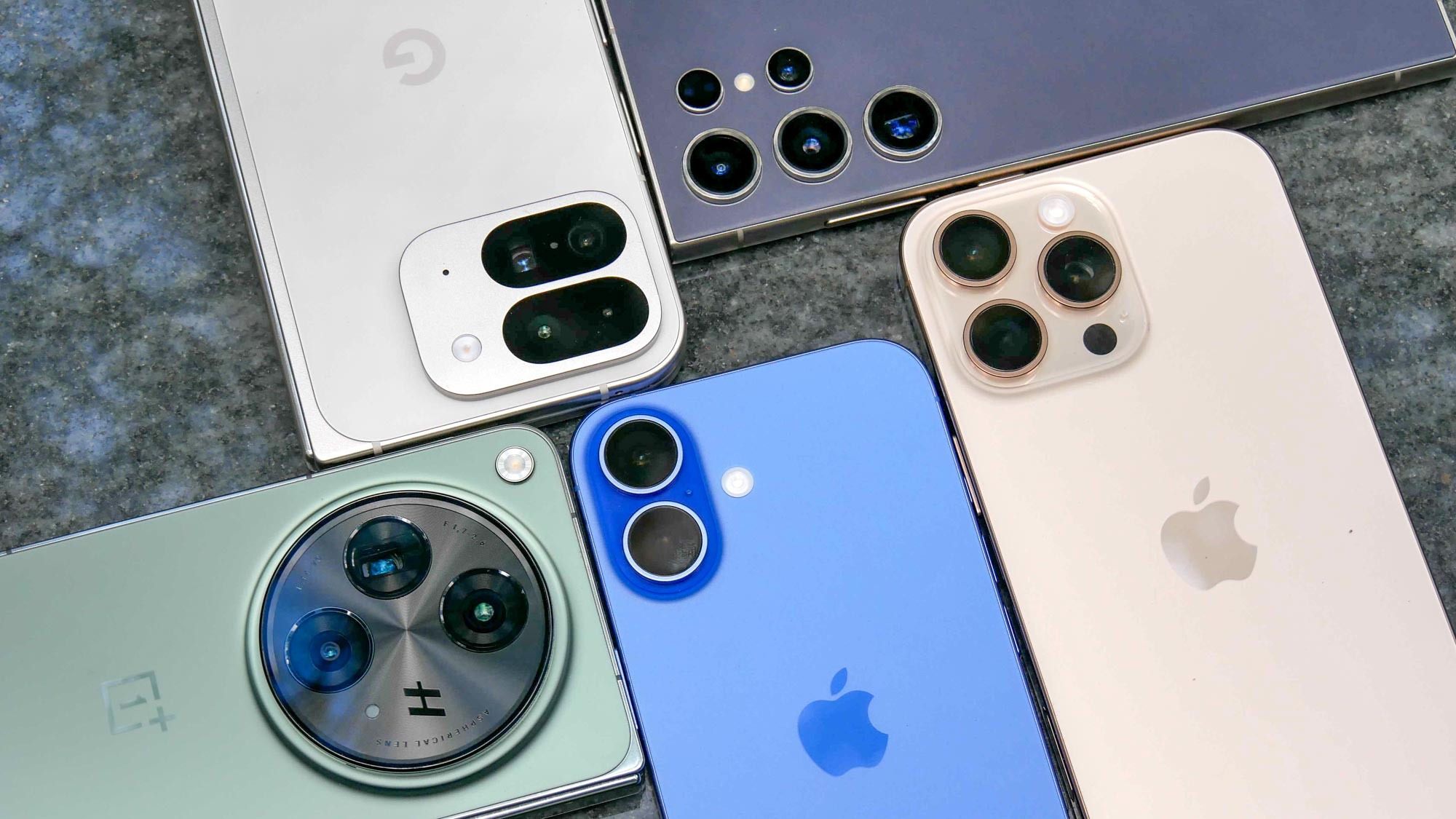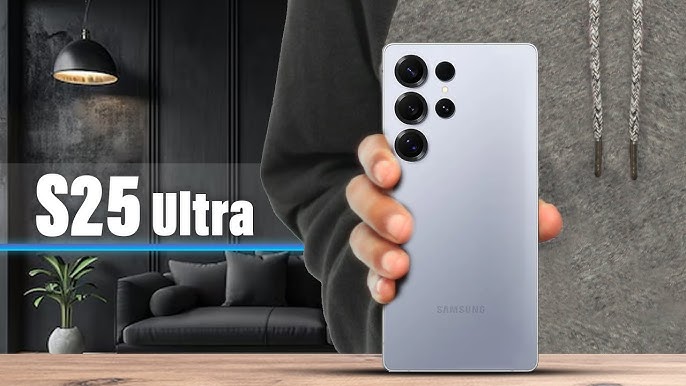Introduction to Mobile Phone Cameras
In the age of smartphones, the camera has become a pivotal feature that consumers look for when purchasing a new device. Modern mobile phone cameras offer advanced technologies that rival professional cameras, providing users with the tools to capture high-quality images and videos effortlessly. Whether it’s capturing the perfect sunset or taking a quick selfie, mobile phones today cater to both amateur and professional photographers alike. These cameras come with a variety of features designed to enhance photo and video quality, making it easier than ever to produce stunning visuals. From high-resolution sensors to innovative AI enhancements, mobile phone cameras are continually evolving to meet the demands of users who want to document their lives with precision and creativity.
Resolution and Sensor Size
When discussing mobile phone cameras, resolution and sensor size are two critical aspects that often come up. Megapixels, which measure the resolution of a camera, determine how much detail a photo can capture. However, sensor size is equally important as it affects how much light the camera can gather, which in turn influences the image quality. A larger sensor allows for more light intake, producing better quality images, especially in low-light conditions.
Take the iPhone 15 Pro Max, for example. Its main camera intelligently combines a 48-megapixel high-resolution frame with a 12-megapixel frame to produce a default 24 MP shot, offering a significant enhancement for users who value detailed images compared to earlier models.
Low Light Performance
Low light performance is a significant factor for enthusiasts of night photography or those who frequently shoot in dim environments. Modern mobile phones come equipped with features like larger sensors and better aperture settings to improve their capabilities in low-light conditions. Night mode, often enhanced by computational photography, allows users to capture brighter and more detailed photos even when light is scarce.
Leading devices like Google Pixel and Samsung Galaxy series have set the bar high with their exceptional low-light photography capabilities. These phones use advanced algorithms to enhance image quality by reducing noise and sharpening details. Additionally, features like multi-frame processing help combine several shots into one, balancing exposure and providing more luminous photos.
The integration of larger sensors allows for greater light intake, which is crucial for achieving high-quality images in dark settings. Aperture settings also play a role; a wider aperture lets in more light, improving the overall brightness and clarity of the shot. Combined, these elements create photos that are not only clear but also vibrant, capturing the true essence of night scenes.
With ongoing advancements in technology, mobile phones are increasingly capable of producing stunning low-light photographs. Enhanced software and hardware features work in tandem to push the boundaries of what’s possible, making it easier than ever to take incredible photos in challenging lighting conditions.
Zoom Capabilities
Zoom capabilities are crucial for users looking to capture distant subjects with clarity. High-end mobile phones now offer optical zoom, which uses the physical movement of lenses to zoom in on subjects while maintaining image quality. Unlike digital zoom, which enlarges the image through software and often leads to a loss of detail, optical zoom ensures that the photo remains sharp and detailed.
Hybrid zoom is another feature gaining traction, combining both optical and digital zoom to provide better results than digital zoom alone. For instance, the latest models from Samsung and Huawei incorporate hybrid zoom to extend the range while keeping a reasonable amount of detail.
Periscope lenses are another innovative approach seen in modern mobile phones. These lenses use a series of prisms and mirrors to bend light, allowing for greater zoom levels without increasing the phone’s thickness. Devices like the Samsung Galaxy S21 Ultra use periscope lenses to offer impressive zoom ranges, achieving up to 10x optical zoom and 100x digital zoom.
Image stabilization also plays a vital role in zoom photography, ensuring that photos remain clear even when the camera is fully zoomed in. Optical Image Stabilization (OIS) and Electronic Image Stabilization (EIS) are often integrated to reduce blurriness caused by hand movements, which is particularly useful when capturing subjects at a distance.
By leveraging these technologies, modern mobile phones make it easier to capture distant subjects with impressive detail and clarity.
Image Stabilization
Image stabilization is crucial for ensuring your photos and videos remain sharp and clear, especially when capturing moving subjects or shooting in low light. Two main types of stabilization technologies are used in mobile phones: optical image stabilization (OIS) and electronic image stabilization (EIS). OIS works by physically adjusting the camera lens to counteract any movement, which is particularly effective for reducing blur caused by shaky hands. This technology is often found in high-end smartphones and is beneficial for both photography and video recording.
On the other hand, EIS relies on software algorithms to stabilize images and videos. It analyzes each frame and makes adjustments to minimize the effects of motion, providing a smoother output. While EIS is generally more cost-effective to implement, it may not be as precise as OIS, especially in extremely shaky conditions.
Some modern smartphones incorporate both OIS and EIS to offer the best of both worlds. This hybrid approach provides superior stabilization, making it easier to capture clear and steady shots in various conditions. Whether you are recording a fast-paced action scene or taking a photo while walking, image stabilization technologies significantly enhance the quality of your visual content. High-end models from brands like Apple, Samsung, and Google often feature advanced stabilization to deliver outstanding performance in diverse shooting scenarios.
Artificial Intelligence and Computational Photography
Artificial intelligence (AI) has revolutionized mobile phone cameras, offering a range of smart features that enhance photo quality and user experience. AI algorithms automatically adjust camera settings such as exposure, contrast, and color balance, making it easier to capture stunning images effortlessly. Scene recognition is a popular AI feature that identifies various subjects like landscapes, food, or pets and optimizes settings to capture the best possible shot.
Portrait mode is another AI-driven feature that has gained significant popularity. It uses depth sensing to create a blurred background effect, making the subject stand out sharply. This effect, known as bokeh, mimics the look of professional DSLR cameras, allowing for beautiful portrait photography.
AI also powers real-time beautification, adjusting facial features and skin tones for more flattering selfies. Additionally, computational photography leverages AI to combine multiple shots into one high-quality image. This process ensures that elements like sharpness, color, and detail are maximized by integrating the best aspects of each individual shot.
Advanced AI capabilities are also extending into video recording, providing real-time enhancements like automatic focusing and scene adaptation. Brands like Apple, Google, and Samsung are at the forefront, incorporating these intelligent features into their flagship models. By harnessing the power of AI and computational photography, modern mobile phones are redefining the boundaries of mobile photography and videography.
Video Recording Features
Mobile phones now offer a range of video recording features to meet various filming needs. High-resolution options like 4K and even 8K are becoming more common, providing exceptional clarity and detail. Users can also experiment with different frame rates, including slow motion and time-lapse, to add creativity to their projects. Slow motion is perfect for capturing fast-paced action in detail, while time-lapse condenses longer events into shorter, dynamic videos.
Many devices now include advanced video stabilization technologies, ensuring smooth footage even in shaky conditions. Features such as optical and electronic stabilization work together to deliver professional-quality videos. Additionally, some phones offer real-time enhancements like automatic focusing and scene adaptation, allowing users to film with minimal manual adjustments.
Audio quality is another crucial aspect, with many mobile phones featuring multiple microphones for better sound capture. Some models even offer directional audio recording, which isolates sound from specific directions, enhancing the overall quality of the video.
With these advanced capabilities, modern mobile phones make it easier than ever to produce high-quality videos, whether you’re a casual user or a professional videographer.
Final Thoughts
Ultimately, selecting the right mobile phone comes down to understanding your priorities and how different camera features align with them. If you’re passionate about night photography, focus on models with superior low light performance and larger sensors. For those interested in capturing distant subjects, look for phones with advanced zoom capabilities and robust image stabilization. AI-powered features can significantly enhance your photography and videography, making it easier to achieve professional-quality results. Whether you’re an amateur looking to document daily moments or a professional seeking a reliable on-the-go camera, today’s mobile phones offer a range of options to suit diverse needs. Consider the advancements in technology and how they can enhance your experience, from high-resolution sensors to innovative video recording features. By carefully evaluating these aspects, you can find a mobile phone that not only meets but exceeds your expectations, ensuring you capture every moment with clarity and creativity.



